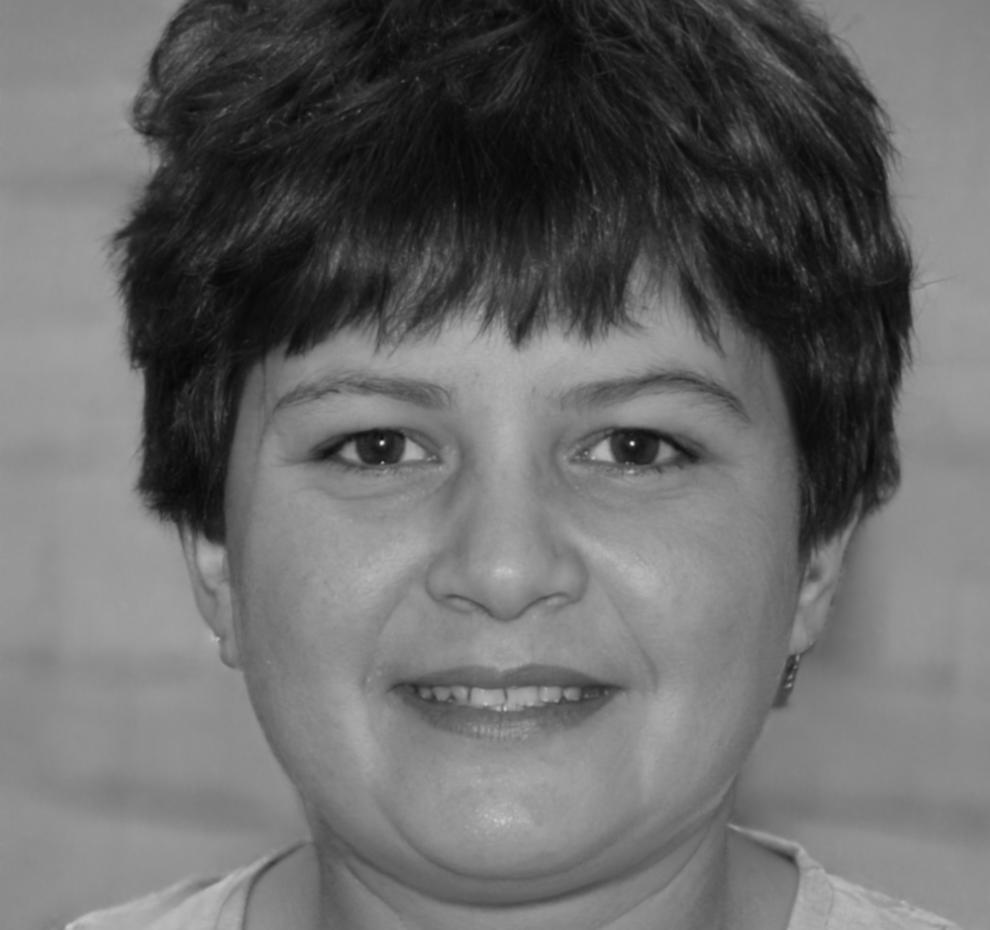Budget Contingency Planning Certificate
Twelve weeks of practical training in financial risk management, starting September 2025. Learn how Australian businesses prepare for economic uncertainty through realistic scenario planning and reserves allocation.
Register Your InterestReal-World Financial Preparation
Most businesses learn contingency planning the hard way—when cash flow problems actually arrive. This program teaches you how to build financial buffers before you need them.
We focus on Australian market conditions specifically. Everything from seasonal revenue fluctuations to supplier payment terms gets covered. You'll work with actual business cases from Sydney and Melbourne companies who've weathered economic downturns.
The twelve-week timeline gives you enough space to practice without dragging things out. Weekly sessions run Tuesday evenings, with recorded versions available for those who can't attend live.

What You'll Actually Learn
Six core modules that build on each other. Each one includes homework assignments based on your own business numbers—or sample data if you prefer keeping your finances private.
Cash Flow Mapping
Understanding where money actually moves in your business. Not just the accounting view, but the practical day-to-day reality of payments and receipts.
Reserve Calculation Methods
Three different approaches to figuring out how much buffer you need. We compare percentage-based, time-based, and scenario-based methods using real examples.
Scenario Planning
Building realistic "what if" situations. Supply chain delays, major client loss, seasonal slowdowns—how to model them without getting paralyzed by worst-case thinking.
Budget Flexibility Design
Creating budgets that can actually adapt when things change. Fixed versus variable costs, and which expenses you can actually cut quickly if needed.
Early Warning Systems
Setting up indicators that tell you trouble's coming before it arrives. The financial metrics that matter for contingency planning, minus the overwhelming spreadsheet complexity.
Recovery Planning
What happens after you've used your contingency reserves. Rebuilding buffers while keeping operations running, and knowing when you're actually back to stable ground.
Who Teaches This
Both instructors work with Australian small businesses regularly. They've seen what actually works when budgets get tight—and what sounds good in theory but falls apart under pressure.
Expect straight talk about financial planning. No pretending contingency reserves solve everything, but also no doom-and-gloom pessimism. Just practical approaches that businesses can actually implement.

Rhiannon Tseng
Spent eight years helping Melbourne retailers manage seasonal cash flow. Now teaches other business owners the forecasting techniques she developed during those retail consulting projects.

Davinia Oleary
Works primarily with service businesses on contingency planning. Her background's in operational finance, which means she focuses on practical implementation rather than theoretical models.
September 2025 Cohort Details
Program runs twelve consecutive weeks starting September 9th. Sessions happen Tuesday evenings, 6:30 to 8:30 PM Sydney time, with recordings available for twenty-four hours afterward.
- Maximum twenty participants per cohort to keep discussion groups manageable
- Weekly homework typically takes two to three hours depending on your business complexity
- Final project involves creating a contingency plan for your own business or a provided case study
- Certificate awarded upon completion of all modules and final project submission
- Course materials remain accessible for six months after program completion
